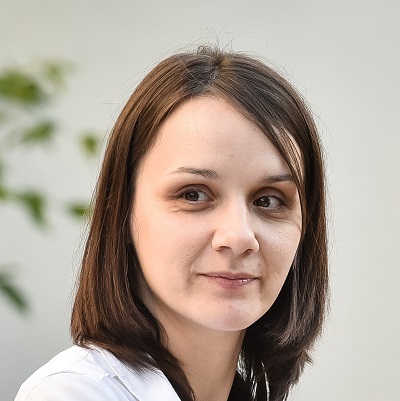According to Carmen Avramescu, HR Regional Director at Tenaris, everything starts with the commitment and support received from top management in the creation and implementation of actions plans designed to build a more diverse organizational culture. Then, efforts should be put into reducing and preventing unconscious biases such as fighting preconceived ideas that some working places are only suitable to men. Last, but not least, a considerate attention should be given to “walking the talk” by transforming words into real actions.
Why and since when does your organization believe and invest in diversity management?
We started our journey in 2008 with objectives exclusively concentrated on the Gender diversity topic. The main actions were related to the small representation of women in our industry and engineering field overall and also to the low percentage of women climbing the career ladder in our organization. Starting with 2014, after the success of gender diversity initiatives, we decided to extend the scope of our initiatives. This is how Diversity + project appeared, fostering a work environment that attracts and develops talents across all genders, nationalities, generations, cultures and backgrounds, contributing to the long-term sustainability of our company.
What aspects of diversity management have the highest priority in your organization?
Tenaris is an equal opportunity employer. Hiring, promotion, transfer and all other employment decisions and processes are applied and implemented without regard to race, color, religion, gender, age, disability, national origin, immigration status or sexual orientation. However, if we were to name the aspects of diversity that receive the highest attention, these would be: gender, generations and cultures.
Which D&I activities have been implemented in your organization so far?
The project includes a Global Agenda as well as regional action plans. From the Global point of view, some of the main targets include raising awareness on diversity issues through training and communication processes, revising HR processes in order to address and remove barriers through D&I, benchmarking and external networking to foster knowledge sharing and innovation. At a regional level, TenarisSilcotub has implemented in Romania various actions such as flexible working program, inclusion and recognition of female employees (mapping operator positions eligible for them, coaching supervisors of employees leaving/returning from maternity, medical package for maternity ,dedicated parking places for pregnant women, among others), knowledge sharing activities between different cultures and participation of employees in international projects.
Many organizations aren't prioritizing inclusion and diversity initiatives right now. Why should they reconsider?
Diversity, in all its forms fosters and promotes the creation of synergies. It is an engine for growth and innovation. Nowadays, the world has come to a place where many companies have all kinds of interactions with multiculturalism - different nationalities, different styles of work, different perceptions – so, diversity is really not a choice anymore, is a state of being.
In your opinion, what tangible benefits does diversity bring to your organization?
Generally, the benefits we see are related to increased innovation at all levels of the organization (not just in the area dedicated to this – Research & Development). Advantages are noticed through evaluating the efficiency and the results of our continuous improvement groups. We try to develop each and every one of our projects in diverse environments - when different cultures, generations and genders come together and work towards the same objectives, teamwork is improving and results are meeting expectations. In addition, through employee experiences in foreign countries and interaction with business partners, we are bringing in our company best practices and new ideas that make a difference.
Can you name three diversity challenges that organizations have to pay attention to?
Everything starts with the commitment and support received from top management in the creation and implementation of actions plans designed to build a more diverse organizational culture. Then, efforts should be put into reducing and preventing unconscious biases such as fighting preconceived ideas that some working places are only suitable to men. Last, but not least, a considerate attention should be given to “walking the talk” by transforming words into real actions.
What do you do to convince your colleagues to see the value in diversity management, or even more to truly get them on board?
Even though we have started with gender equality, further actions were addressed to the whole personnel. Introducing the flexible working program stands as a good example. Moreover, in our approach, we push more on messages of inclusion, rather than promoting diversity. No matter the actions that we have taken or will be taking, we always try to integrate as many employees as we can so that they can feel as a valuable part of the project.
Carmen Avramescu has 12 years of local and international experience within Tenaris, in Romania, Argentina and United Arab Emirates. Her responsibilities included recruitment, training and development of human resources for Tenaris’s operations in Community of Independent States, Middle East, Africa, and North Sea. Since 2015 she coordinates the HR strategy for Tenaris in Romania and European Branches (Luxemburg, Netherlands and Switzerland). In Romania, Tenaris has a team of 1900 people working in production units, services centers and offices in 7 different locations across the country.
Tenaris is a leading global manufacturer and supplier of steel pipe products and related services for the world’s energy industry and other industrial applications, employing more than 20,000 people worldwide, and operating an integrated network of steel pipe manufacturing, research, finishing and service facilities with industrial operations in the Americas, Europe, the Middle East, Asia and Africa.
Interview by Dana Oancea
